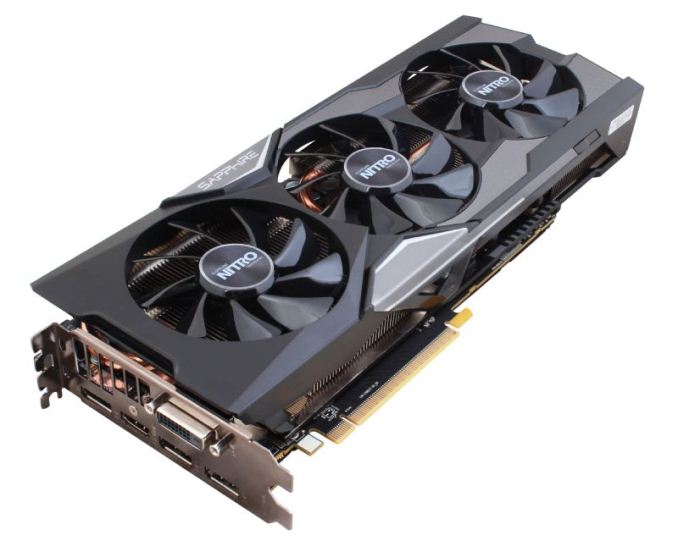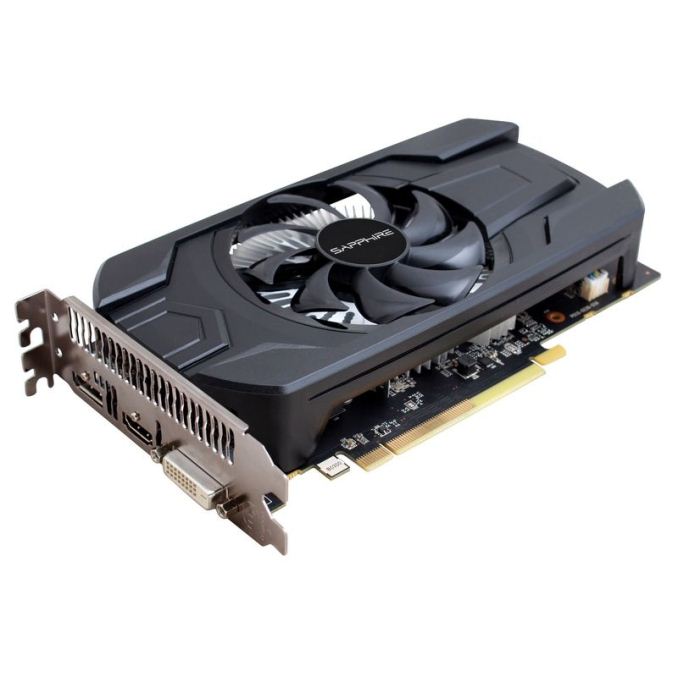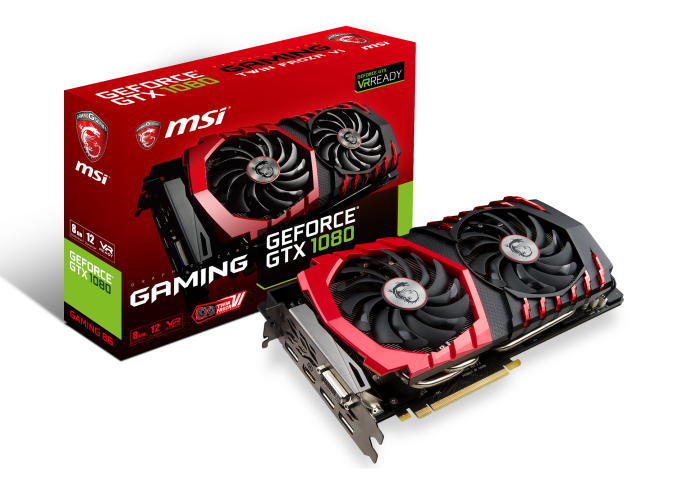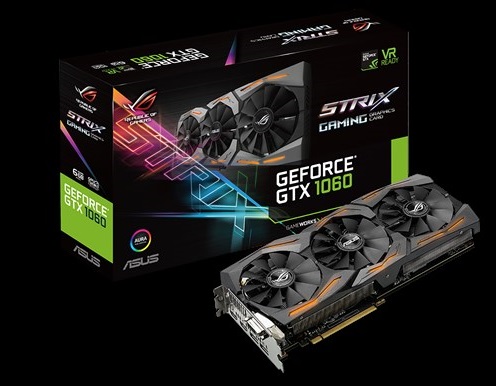The AMD Ryzen 5 1600X vs Core i5 Review: Twelve Threads vs Four at $250
by Ian Cutress on April 11, 2017 9:00 AM ESTTest Bed Setup
As per our processor testing policy, we take a premium category motherboard suitable for the socket, and equip the system with a suitable amount of memory running at the manufacturer's maximum supported frequency. This is also typically run at JEDEC subtimings where possible. It is noted that some users are not keen on this policy, stating that sometimes the maximum supported frequency is quite low, or faster memory is available at a similar price, or that the JEDEC speeds can be prohibitive for performance. While these comments make sense, ultimately very few users apply memory profiles (either XMP or other) as they require interaction with the BIOS, and most users will fall back on JEDEC supported speeds - this includes home users as well as industry who might want to shave off a cent or two from the cost or stay within the margins set by the manufacturer. Where possible, we will extend out testing to include faster memory modules either at the same time as the review or a later date.
| Test Setup | |
| Processor | AMD Ryzen 5 1600X (6C/12T, 3.6G, 95W) AMD Ryzen 5 1500X (4C/8T, 3.5G, 65W) |
| Motherboards | ASUS Crosshair VI Hero |
| Cooling | Noctua NH-U12S SE-AM4 |
| Power Supply | Corsair AX860i |
| Memory | Corsair Vengeance DDR4-3000 C15 2x8GB |
| Memory Settings | DDR4-2400 C15 |
| Video Cards | MSI GTX 1080 Gaming X 8GB ASUS GTX 1060 Strix 6GB Sapphire Nitro R9 Fury 4GB Sapphire Nitro RX 480 8GB Sapphire Nitro RX 460 4GB (CPU Tests) |
| Hard Drive | Crucial MX200 1TB |
| Optical Drive | LG GH22NS50 |
| Case | Open Test Bed |
| Operating System | Windows 10 Pro 64-bit |
Hardware
We must thank the following companies for kindly providing hardware for our multiple test beds. Some of this hardware is not in this test bed specifically, but is used in other testing.
Thank you to Sapphire for providing us with several of their AMD GPUs. We met with Sapphire back at Computex 2016 and discussed a platform for our future testing on AMD GPUs with their hardware for several upcoming projects. As a result, they were able to sample us the latest silicon that AMD has to offer. At the top of the list was a pair of Sapphire Nitro R9 Fury 4GB GPUs, based on the first generation of HBM technology and AMD’s Fiji platform. As the first consumer GPU to use HDM, the R9 Fury is a key moment in graphics history, and this Nitro cards come with 3584 SPs running at 1050 MHz on the GPU with 4GB of 4096-bit HBM memory at 1000 MHz.
Further Reading: AnandTech’s Sapphire Nitro R9 Fury Review
Following the Fury, Sapphire also supplied a pair of their latest Nitro RX 480 8GB cards to represent AMD’s current performance silicon on 14nm (as of March 2017). The move to 14nm yielded significant power consumption improvements for AMD, which combined with the latest version of GCN helped bring the target of a VR-ready graphics card as close to $200 as possible. The Sapphire Nitro RX 480 8GB OC graphics card is designed to be a premium member of the RX 480 family, having a full set of 8GB of GDDR5 memory at 6 Gbps with 2304 SPs at 1208/1342 MHz engine clocks.
Further Reading: AnandTech’s AMD RX 480 Review
With the R9 Fury and RX 480 assigned to our gaming tests, Sapphire also passed on a pair of RX 460s to be used as our CPU testing cards. The amount of GPU power available can have a direct effect on CPU performance, especially if the CPU has to spend all its time dealing with the GPU display. The RX 460 is a nice card to have here, as it is powerful yet low on power consumption and does not require any additional power connectors. The Sapphire Nitro RX 460 2GB still follows on from the Nitro philosophy, and in this case is designed to provide power at a low price point. Its 896 SPs run at 1090/1216 MHz frequencies, and it is paired with 2GB of GDDR5 at an effective 7000 MHz.
We must also say thank you to MSI for providing us with their GTX 1080 Gaming X 8GB GPUs. Despite the size of AnandTech, securing high-end graphics cards for CPU gaming tests is rather difficult. MSI stepped up to the plate in good fashion and high spirits with a pair of their high-end graphics. The MSI GTX 1080 Gaming X 8GB graphics card is their premium air cooled product, sitting below the water cooled Seahawk but above the Aero and Armor versions. The card is large with twin Torx fans, a custom PCB design, Zero-Frozr technology, enhanced PWM and a big backplate to assist with cooling. The card uses a GP104-400 silicon die from a 16nm TSMC process, contains 2560 CUDA cores, and can run up to 1847 MHz in OC mode (or 1607-1733 MHz in Silent mode). The memory interface is 8GB of GDDR5X, running at 10010 MHz. For a good amount of time, the GTX 1080 was the card at the king of the hill.
Further Reading: AnandTech’s NVIDIA GTX 1080 Founders Edition Review
Thank you to ASUS for providing us with their GTX 1060 6GB Strix GPU. To complete the high/low cases for both AMD and NVIDIA GPUs, we looked towards the GTX 1060 6GB cards to balance price and performance while giving a hefty crack at >1080p gaming in a single graphics card. ASUS lent a hand here, supplying a Strix variant of the GTX 1060. This card is even longer than our GTX 1080, with three fans and LEDs crammed under the hood. STRIX is now ASUS’ lower cost gaming brand behind ROG, and the Strix 1060 sits at nearly half a 1080, with 1280 CUDA cores but running at 1506 MHz base frequency up to 1746 MHz in OC mode. The 6 GB of GDDR5 runs at a healthy 8008 MHz across a 192-bit memory interface.
Further Reading: AnandTech’s ASUS GTX 1060 6GB STRIX Review
Thank you to Corsair for providing us with AX860i PSUs.
Thank you to Crucial for providing us with MX200 SSDs.
Thank you to ASRock for providing us with Gaming G10 Routers.
Thank you to Silverstone for providing us with Intel CPU Coolers, Fans and HDMI Cables.















254 Comments
View All Comments
Dr. Swag - Tuesday, April 11, 2017 - link
Is it just me that sees "[table]" in the test bed and setup part? :PIan Cutress - Tuesday, April 11, 2017 - link
As always, still writing as the embargo passes :D Always down to the wire, then over the wire, and a hop skip and a jump into a fast typing frenzy of fastidious fire.Dr. Swag - Tuesday, April 11, 2017 - link
No worries :). I can only imagine how much testing you've been doing ever since the Ryzen 7 launch :DYou guys are still my favorite review site. Keep up the good work!
AndrewJacksonZA - Tuesday, April 11, 2017 - link
Thanks Doc! I pretty much always prefer your in-depth analysis to other authors on other review sites. I really enjoy the way you do and word things - I put it down to a combination of your academic and pro-OC background. :-)Cheers,
Andrew
ianmills - Tuesday, April 11, 2017 - link
Ian it would be great if there was some easy way to only see only the parts of the review that are updated. Perhaps a diff can be done somehow ;)EasyListening - Tuesday, April 11, 2017 - link
Hey you rhymed!leexgx - Thursday, April 13, 2017 - link
EEC compatibility (not support at the moment) you can use ECC ram but the ECC functionality is disabled (don't know when or if AMD will enable it on none workstation CPUs)MajGenRelativity - Tuesday, April 11, 2017 - link
You mention a Ryzen 1400X in the conclusion, but I only see a 1500X and a 1400 at the beginning of the review. I do see a 1500X in the chart, so maybe you mean that?Paragraph just before "On the Benchmark Results"
Ian Cutress - Tuesday, April 11, 2017 - link
I did indeed. :) Updated.MajGenRelativity - Tuesday, April 11, 2017 - link
I figured as much, unless you had access to a secret CPU I'd never seen before :P